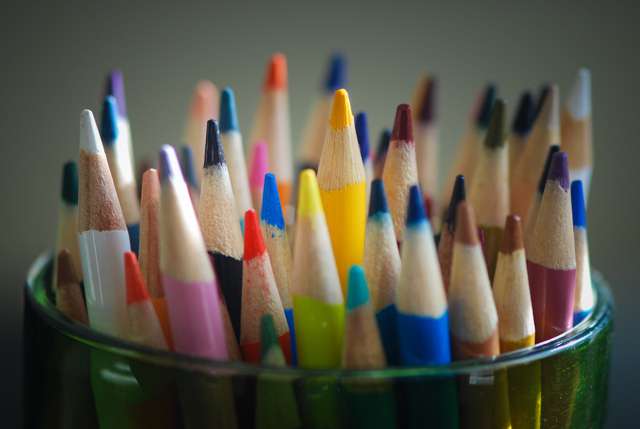
Companies must employ color quality assurance to ensure millions of pencils are all the same color. Image Credit: Unsplash User Neven Krcmarek
Colored pencils are used by a variety of customers, ranging from professional artists who depend on colored pencils for their creative work to the millions of children who use colored pencils for school and play. To meet the needs and earn the trust of all users, manufacturers must integrate spectrophotometers in their quality control protocols to ensure an impeccable record of color consistency.
Colored Pencil Users Demand Color Consistency
Like any craftsmen, artists rely on their tools for their livelihoods. For those working with colored pencils to create artwork for direct sale, illustrations, marketing materials, or for other creative purposes, the quality of the pencils they choose has a direct impact on the quality of their work. Not only do they expect each new box of pencils they buy to be the same color as the last—they depend on it. As a result, manufacturers of colored pencils turn to spectrophotometers to ensure that each pencil they produce is exactly the color they intend it to be.
Of course, many users of colored pencils are not professional artists. In fact, the largest demographic among colored pencil users is children, for whom colored pencils provide new opportunities for experimentation and expression. Children, naturally, do not rely on their artwork to put food on the table (or to buy more art supplies); instead, they depend on their parents or teachers. What, then, convinces parents and teachers to choose one box of colored pencils over another? Brand recognition, founded upon the impression of quality. This impression of quality is largely built upon product consistency. Because color is the most noticeable attribute of colored pencils, color consistency is a vital driver of sales. As such, manufacturers employ advanced spectrophotometric technologies to reliably produce the perfect hues.

Artists depend on high-quality colored pencils for the livelihoods. Image Credit: Unsplash user Mari Pi



